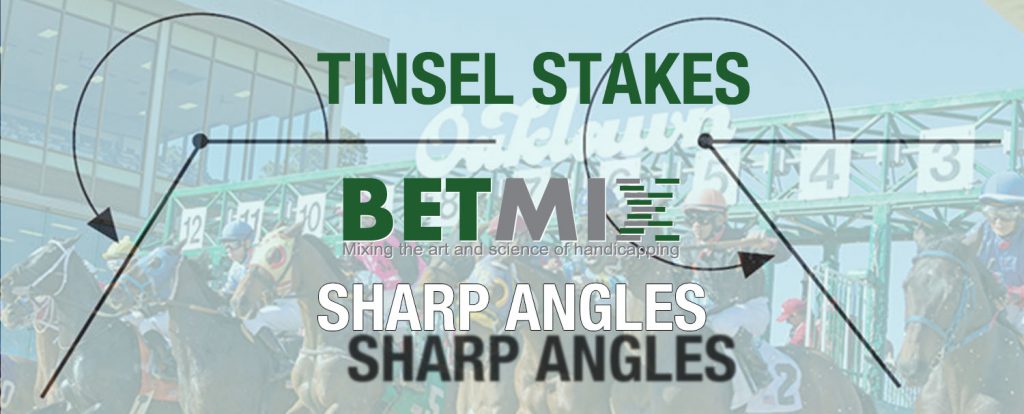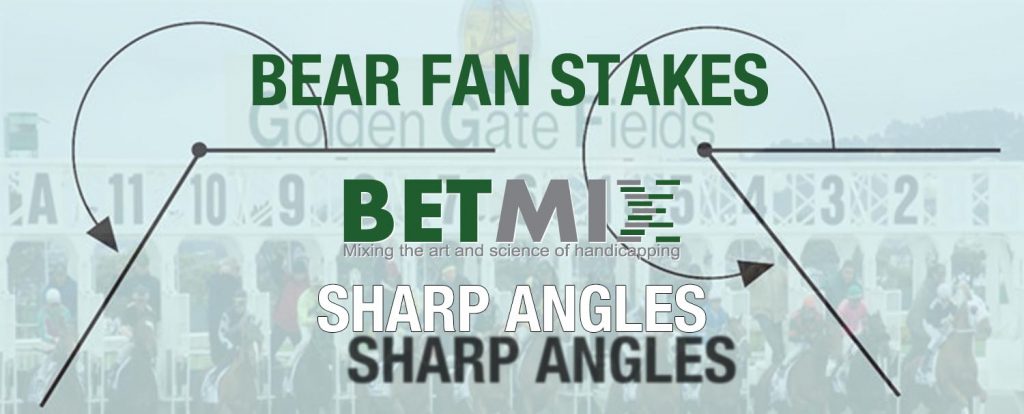December 27, 2021 | By Jeremy Plonk/www.horseplayernow.com
Originally published on www.xpressbet.com
Welcome to a continuing handicapping series for our Monday blog space, “Monday Myths.” Each week I’ll use the power of the Betmix database to take common handicapping assumptions and either support or dispel them with data. Betmix data powers the 1/ST BET app and its features like Angler and Birddog give data-minded horseplayers a treasure trove of information in which to query your own curiosities.
Assumption:
You can’t beat Flavien Prat and Umberto Rispoli in Southern California turf races.
Background:
The dominant turf-riding duo of Flavien Prat and Umberto Rispoli are like magnets when you handicap a Southern California grass race. Often it’s the first place the public looks in the past performances.
Data Points:
I studied every turf race in Southern California in 2020 and 2021, more than a thousand strong at Santa Anita and Del Mar.
//
Prat and Rispoli won 386 of the 1095 turf races offered (35.2%).
//
Prat and Rispoli rode 542 of the 1095 favorites in turf races offered (49.5%).
//
Prat had a 24.8% win rate and $0.83 ROI in turf mounts.
//
Rispoli had a 22.2% win rate and $1.04 ROI in turf mounts.
//
Only JJ Hernandez (16.6%) and Joel Rosario (16.1%) have won more than 15% on turf with 40+ mounts.
//
Prat and Rispoli won 72 of the 186 turf stakes races offered (38.7%).
//
Prat and Rispoli rode 92 of the 186 favorites in turf races offered (49.4%).
Overall Findings:
Prat and Rispoli rode a significantly higher percentage of favorites, nearly 50%, than they did winners, just over 35%, on the turf. The public certainly follows their runners in the spirit of the study’s original premise. Rispoli was the more profitable follow, in fact showing a flat-bet 4% profit over the past 2 years. All other jockeys in the colony win at a combined 7.7% rate on turf with only 2 jockeys hitting 15% or more with 40+ mounts.
Bottom line:
It’s a bit of hyperbole to say you can’t beat Prat and Rispoli on turf. In fact, nearly 2 in 3 times, they do get beat. But their comparative dominance over the other individuals in the colony is unmistakable and the public honing in on just about half the favorites on turf from one of these two riders is an indication that the feeling is pretty ingrained.You can go into Betmix and run your own queries for a deeper dive into this theory and any that you can create. For instance, see which class levels on turf and distances the duo has the most likelihood for victory, or to be upset.



